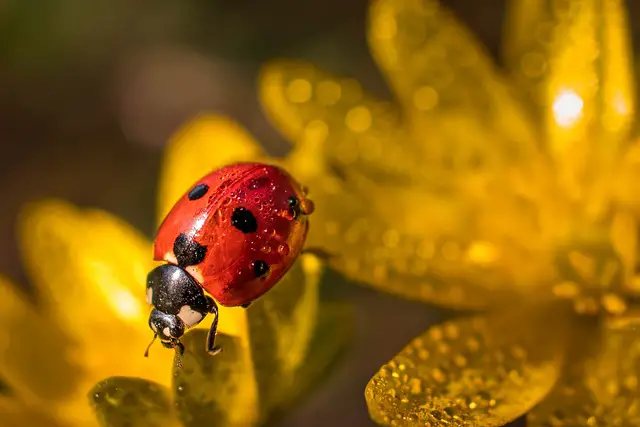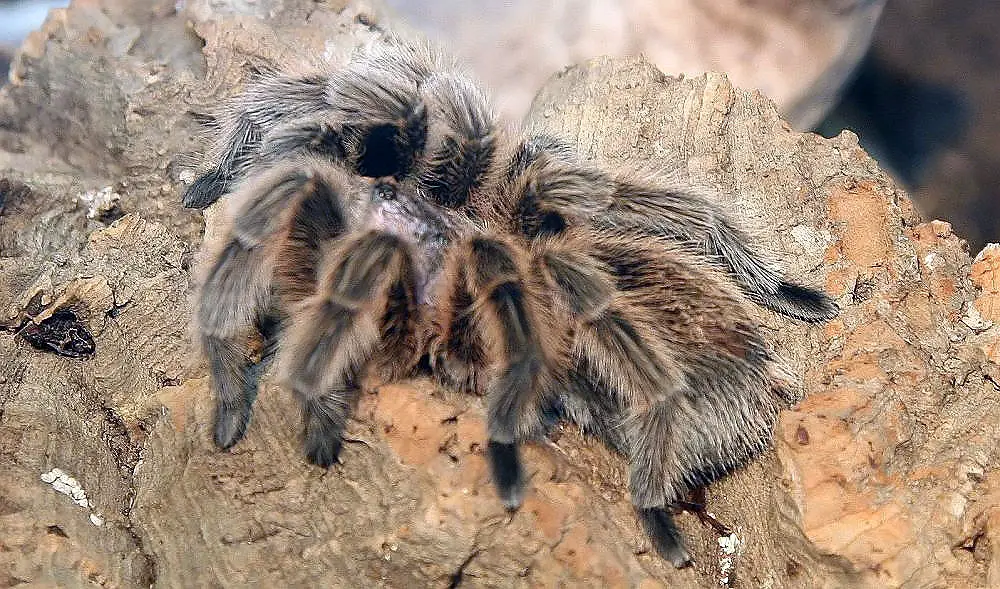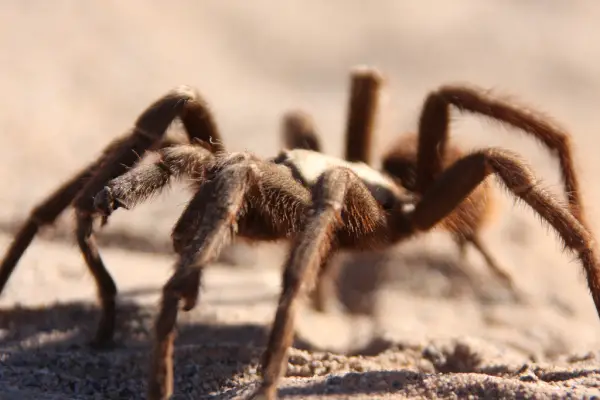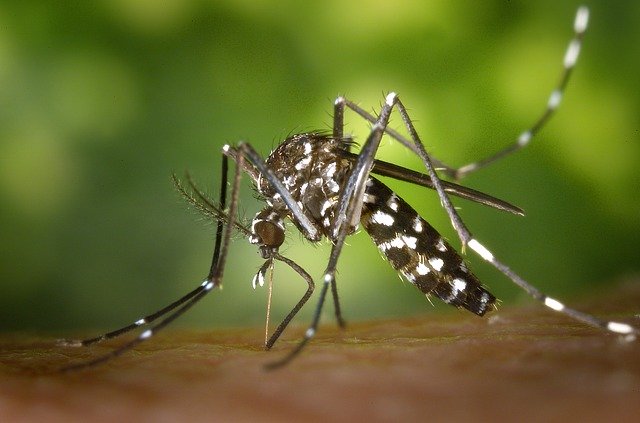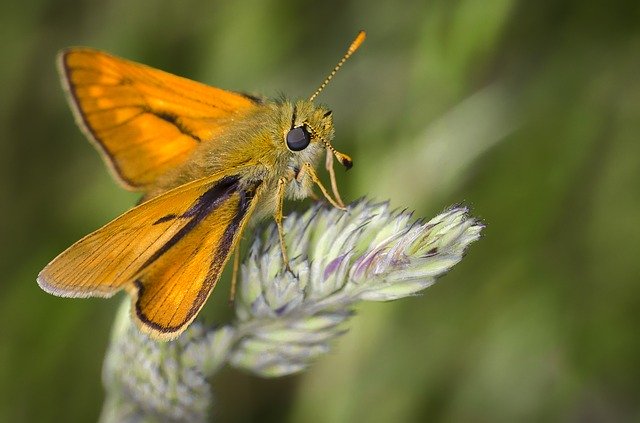Ladybirds (Coccinellidae) are small beetles recognized by their bright orange scarlet with prominent black spots on it. Unlike beetles ladybirds are thought to be extremely useful for they usually eat scale insects which are pests in agricultural lands. However this is not the reason these beetles feed on insects. Let us find out what do ladybugs eat
What Do Ladybirds Eat
Ladybirds are most likely to feed on aphids which are small plant lice. They eat these lice quite a lot and as such ladybugs are often referred to as the ‘sole predators of aphids’. Ladybirds serve as useful control agents in agriculture lands so much so that most companies fancy distributing convergent ladybeetles (around 1,500 – 72,000 beetles) to get rid of whiteflies, mealybugs, and aphids.
Ladybirds also prey on Tetranychus spider mites. Furthermore, some ladybug species also consume beetle larvae and caterpillars. A spotted lady beetle (Coleomegilla) is known to feed on several different insects or even their eggs.
If the prey is scarce then they are likely to consume the eggs of other species or even of their own. This explains why the entire family Coccinellidae once referred to as carnivorous species however currently they are regarded as omnivorous.

Ladybirds also feed on some plant materials including residues of pollen. They supplement their diet with nectar, fungi, honeydew, plant sap, and pollen. The adult males can afford to rely on all these foods but females must eat aphids or live prey to reproduce. Scientists aren’t sure why ladybugs like to eat all these supplement matters.
The lady beetle larva is known to prey on small insects soon after the hatching. However when they are grown up they become voracious feeders. The adult ladybirds typically eat 30 to 50 aphids per day. Here is a list of aphids ladybirds consume almost every day:
- The corn leaf aphid Rhopalosiphum maidis (Fitch)
- The Russian wheat aphid, Diuraphis noxia (Nordvilko)
- The bird cherry oat aphid, Rhopalosiphum padi (L.)
- The tobacco aphid, Myzus nicotianae (Blackman)
- The pea aphid, Acyrthosiphon pisum (Harris)
Apart from aphids ladybugs are more apt to feed on small insects such as Crioceris asparagi (L.) and potato psyllids.
While Coccinellidae are specialist feeders of scale insects they also eat Monophlebidae species. The strange fact about ladybugs is that some of them lay extra infertile eggs which they keep in case the food goes short.
Ladybirds of the subfamily Epilachninae are herbivorous and are quite hazardous to agricultural lands. Some of the beetles are quite innocuous for they solely feed on fungal growths (mildews) on the leaves of plants. Prominent among these are Psyllobora schwarzi Chapin, Psyllobora parvinotata Casey, and the West Indian Psyllobora nana Mulsant.
Isn’t it Strange…?
It is curious that an insect as little as a ladybird eats 5,000 aphids in its one-year lifespan. Not only this, but they also consume as many aphids as 50 in a single day. Aphids weigh up to 40 micrograms. This means that ladybirds are able to digest 1,500 to 2,000 micrograms of food each day. To put it this way, ladybugs consume 40 to 50 times their own weight. This is truly amazing. It is like we are eating three full grown tigers each day…Wow!
It is not possible in humans as an average adult human with the weight (say 60 kg) can hardly eat more than 5 kg of food each day (1/12th of its weight). It tells us that ladybirds are way ahead of us in food intake and yet they never go fatty (just like we do).
References
Sluss R. 1968. Behavioral and anatomical responses of the convergent lady beetle to parasitism by Perilitus coccinellae (Schrank) (Hymenoptera: Braconidae). Journal of Invertebrate Pathology 10: 9-27.
Aristízabal LF, Arthurs SP. 2014. Convergent lady beetle, Hippodamia convergens Guérin-Méneville. UF/IFAS Featured Creatures. (14 May 2014)

